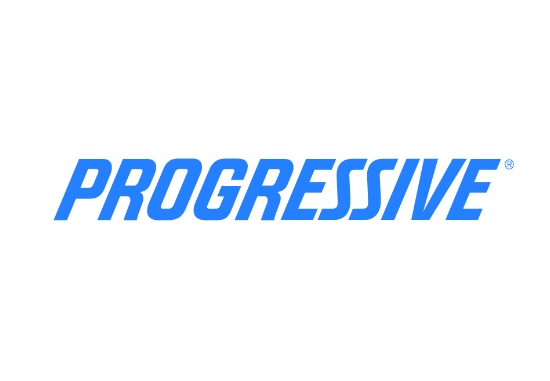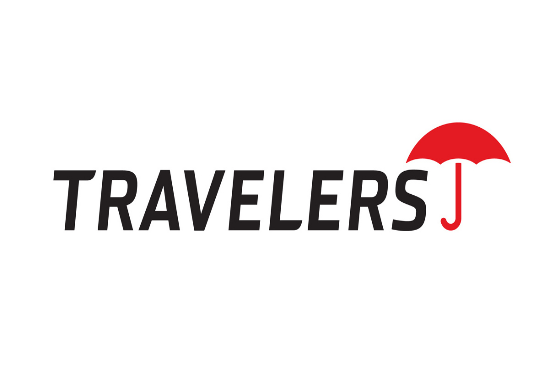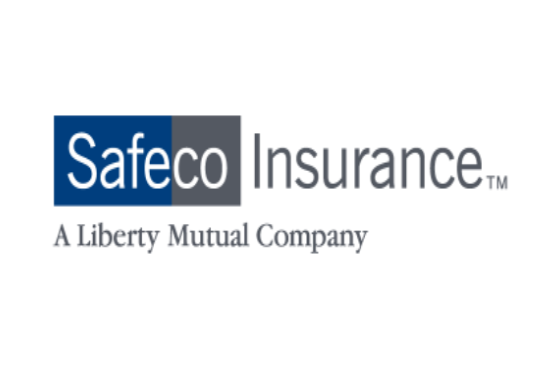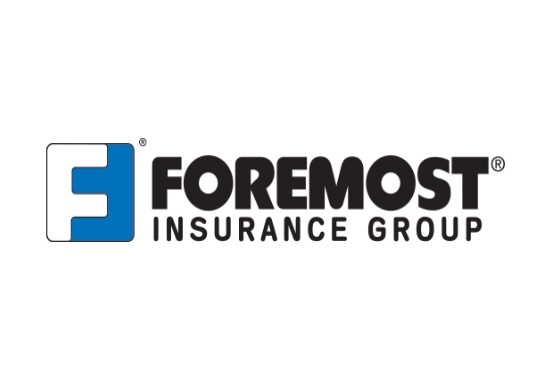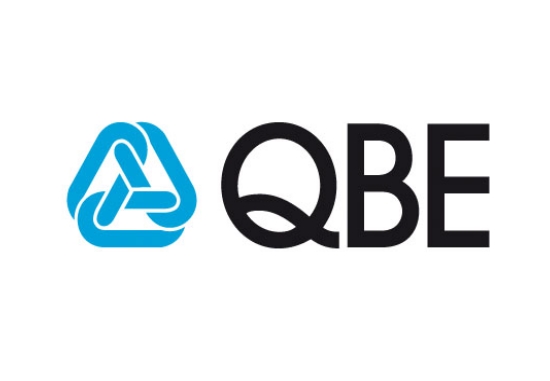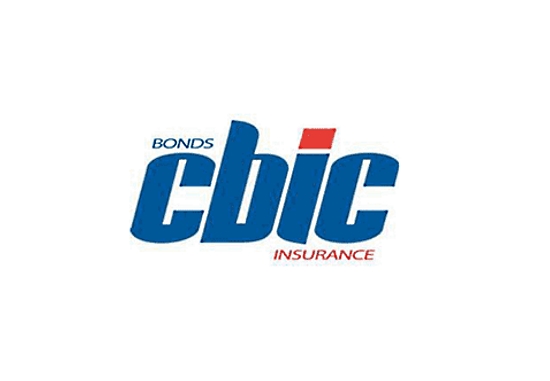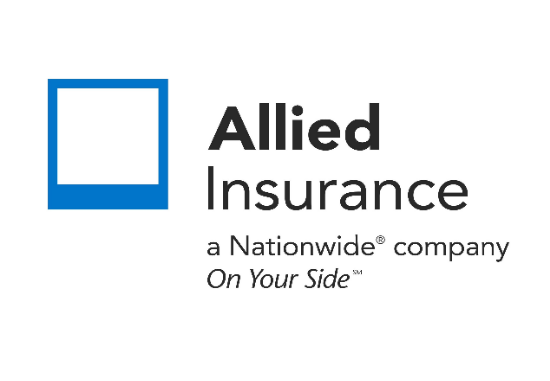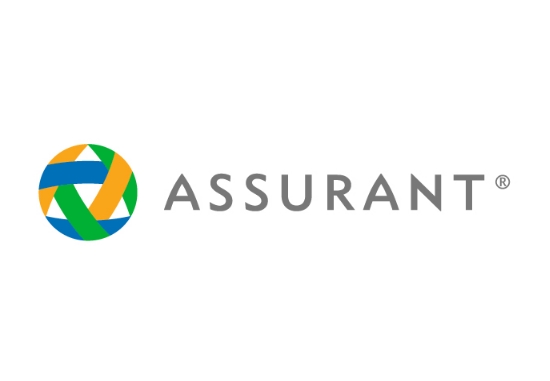Find out if a car is insured
You can find out if a car is insured by checking the insurance card, asking the owner for proof, reviewing your own auto policy, or confirming coverage through the insurer if an accident occurs. Below is a clean, snippet-ready guide designed for fast answers.
What Is the Fastest Way to Check if a Car Is Insured?
The fastest method is to ask the owner for their insurance card and verify the active coverage dates.
How to Tell if a Car Has Active Insurance
1. Check the Insurance Card
Look for the policy number, insurance company name, and valid dates.
2. Ask the Vehicle Owner
Request physical or digital proof of insurance.
3. Contact the Insurance Company
If you know the policy number or insurer, you can confirm whether the coverage is active.
4. Review Your Own Policy
Your auto insurance may cover you under permissive use when driving someone else’s car.
5. After an Accident
Your insurance company can check the other driver’s coverage once a claim is filed.
6. Check Registration Requirements
Some states require insurance to register a car, but registration alone does not guarantee active coverage.
Why It’s Important to Confirm Insurance
Avoid paying for damages yourself
Ensure legal compliance
Prevent driving uninsured vehicles
Speed up claims
Verify coverage before buying a car
What If the Car Is Not Insured?
You should not drive it. Secure insurance before registering, purchasing, or operating the vehicle to avoid fines and financial risk.
FAQ
How can I check if someone else’s car is insured?
Ask for their insurance card or proof of coverage.
Can I confirm if a car is insured after an accident?
Yes. Your insurer can verify the other driver’s policy when you report the claim.
Can I check a car’s insurance status by license plate?
You cannot check it yourself, but insurers and law enforcement can access that information.
Does my insurance cover me when driving another car?
Often yes, through permissive use, but this depends on your policy.
Is a registered car always insured?
No. Registration does not guarantee active insurance.
Summary for Featured Snippets
Best verification: check the insurance card.
After a crash: your insurer can confirm coverage.
Your own policy may extend to other cars.
Registration does not guarantee insurance.
Never drive an uninsured vehicle.
Are you facing potential liability or want to ensure your car is properly protected before you drive, buy, or register a vehicle? Fill out the form below to get expert guidance and a tailored insurance solution from our network of carriers. Start now — get personalized options fast, secure, and tailored to you.
Related Posts
Get a Right Insurance For You
SHARE THIS ARTICLE
We will compare quotes from trusted carriers for you and provide you with the best offer.
Protecting your future with us
Whatever your needs, give us a call, have you been told you can’t insure your risk, been turned down, or simply unhappy with your current insurance? Since 1995 we’ve been providing coverage to our customers, and helping people across United States.

